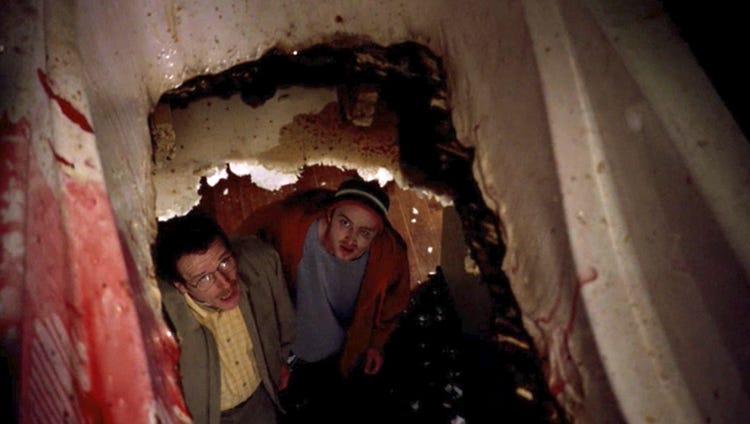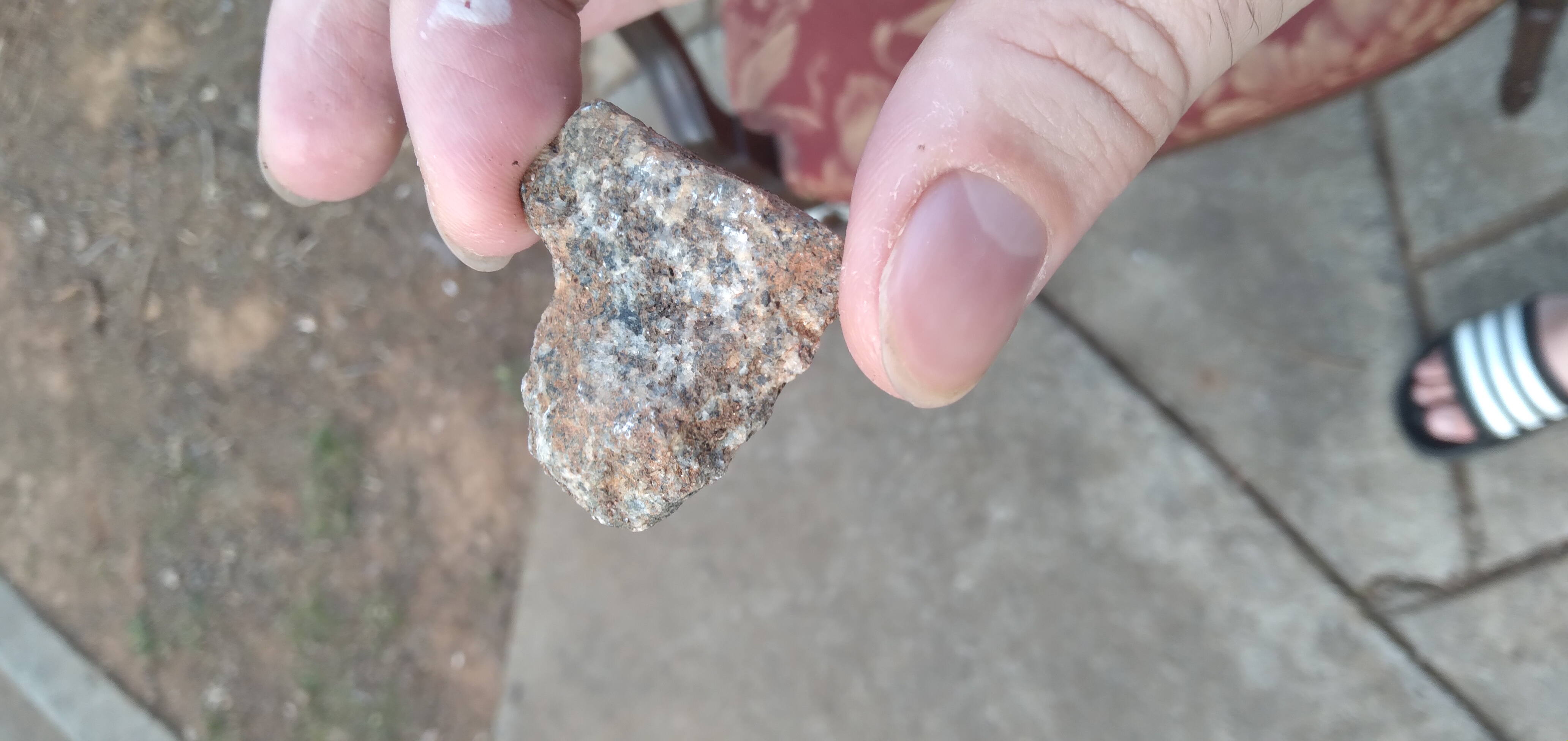so basically don’t mix bleach with stuff.
Or ammonium nitrate, and def don’t mix those 2 together unless you want to die
not trying to die rn so I will stay away thx
Just remember to use plastic while mixing anything

It must be correctly rated plastic, preferably for industrial use. A lot of common caustic chemicals can eat through basic plastic easily.
You don’t need anything fancy, regular PP is chemically resistant to most corrosive chemicals. The main issue is not resistance, but that if the walls of your container are thin, chemicals you put inside might leak out.
TIL bleach + rubbing alcohol make chloroform.
I think that’s actually supposed to be acetone. https://m.youtube.com/watch?v=MvkuqLxQd2c
Rubbing alcohol (isopropanol) and bleach might make something nasty but not probably not chloroform as the reaction requires a ketone.
A YouTube link was detected in your comment. Here are links to the same video on Invidious, which is a YouTube frontend that protects your privacy:
ikr it’s like a Fun Fact! :D
It’s all fun until you wake up with a stingy sphincter
Chloroform doesn’t work that way. You’d need to inhale it for over 5 minutes in order to pass out, and after passing out you’d wake back up in under a minute. Unless you kept breathing it in, but at that point it would just kill you with prolong inhalation.
Sir this is a shitposting
Good thing I need less than a minute.
of course, commies don’t have sex
Working in hospitality you’ll bang your head against the wall convincing some clown their super special bleach based cocktail is a coshh and health nightmare
Yeah… so where’s the MSDS sheet for this?
Don’t have one? Then that’s a no.
Honestly if you want to get access to dangerous shit, you needn’t go farther than gasoline. Dissolve syrofoam until saturation to make napalm, or combine with ammonium nitrate, and insert a blank to make an ANFO bomb.
Gasoline and Styrofoam doesn’t create the substance Napalm, as the chemical combination lacks naphthene or palmitate. Napalm is just the broader term that the US Army applies to Weaponized Jellied Gasoline, which was petrol + benzene (already in gasoline) + polystyrene.
To make true original napalm (which was used up until Vietnam) you would need aluminum soap powder of napthenic and palmitic acids, hence (NA-PALM), that is the stuff that was originally in flamethrowers and incendiary bombs.
Thanks ComradeSalad for letting us know the ingredients to napalm so we can watch out for accidental mixtures 🤗
The amount of people I’ve seen on tiktok accidentally making mustard gas is astounding
I know people that made these mistakes in real life without tiktok lol so it’s definitely common.
This is a lovely how-to!
Most household varieties of hydrogen peroxide and vinegar aren’t concentrated/strong enough to make paracetic acid. You’d need vinegar of a much higher than 6% concentration typically sold and ideally higher concentration peroxide than the drug store kind (like the kind you could get for industrial applications without a special permit). Not that you should mix household cleaners without a clear understanding of the chemistry but I’m just doubtful this is a risk for most people who don’t have access to commercial strength varieties of both.
basically, never mix chemicals.
Bleach and… toilet bowl cleaner? Which is usually just gelled bleach?
Local real estate speculator holiday gift wishlist
Bleach and toiletbowl cleaner is way more dangerous than I thought, glad I never did that, I probably would’ve done it as a kid if left to clean the toilet by myself
But the toilet bowl cleaner IS bleach.
















